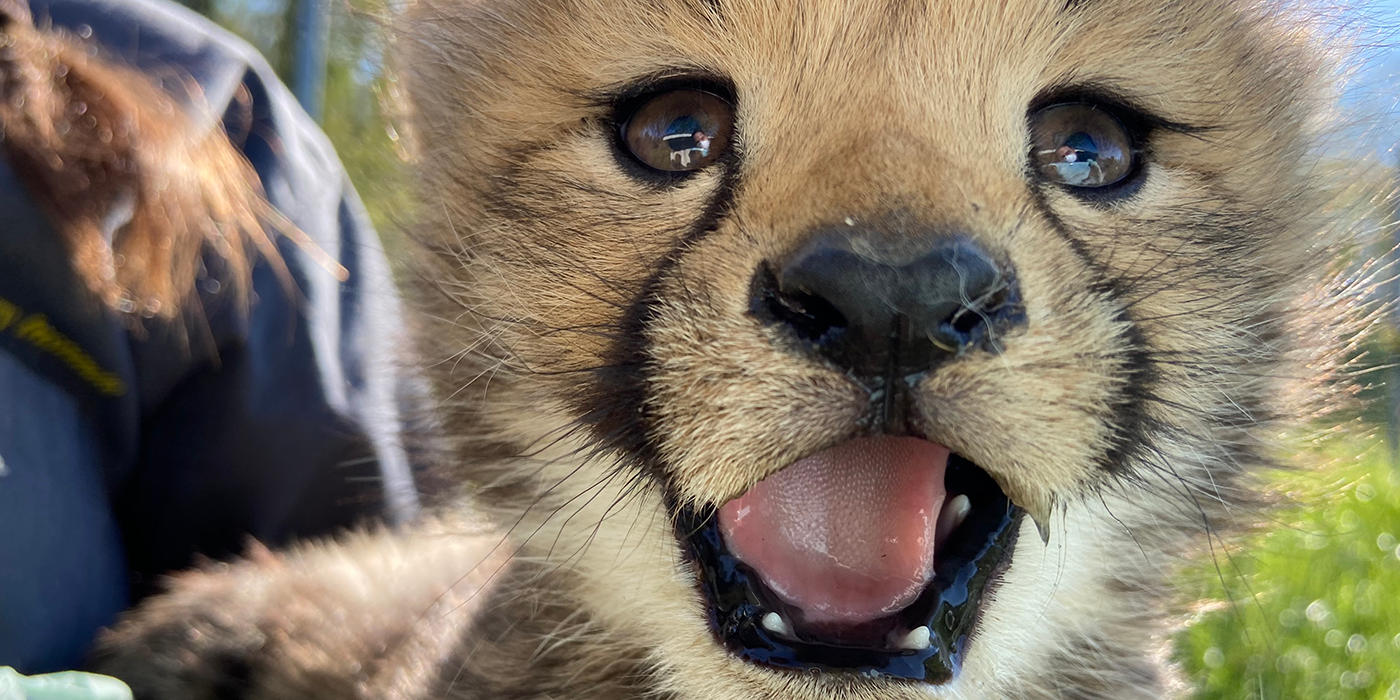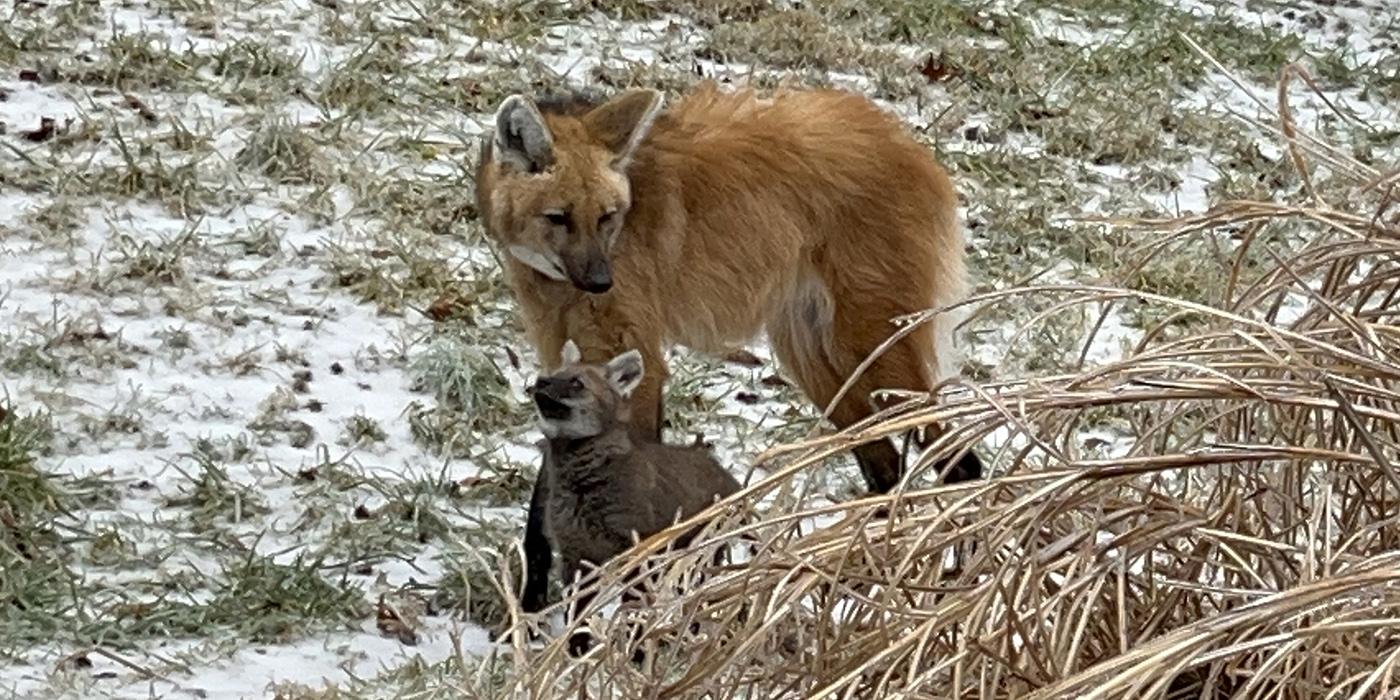8 Aww-Inspiring Videos of the Year’s Best Animal and Conservation Stories
2020 was an unprecedented year for people across the globe, but even as the Smithsonian’s National Zoo and Conservation Biology Institute temporarily closed its doors to the public, its work to save species continued. From a litter of chirping cheetahs and the birth of a lovable giant panda cub to groundbreaking coral reef research and new strides in animal care, there were many milestones to celebrate this year.
1. Alice the Stanley crane becomes a medical pioneer
Alice is unlike any other Stanley crane. Hand-raised by keepers, she has a sweet temperament and joyous personality. When she sustained a leg injury last summer, animal care staff rallied around Alice and found an innovative solution to help her thrive.
2. Researchers bring new hope to the future of coral reef conservation
Coral reefs support a quarter of all ocean life, but their survival is threatened by climate change. Smithsonian scientists have spent years studying corals and thinking creatively about how to save them. Their groundbreaking coral reproductive techniques introduced a new tool for coral restoration and the future of the ocean’s reefs.
3. Four adorable and playful cheetah cubs arrive at SCBI
Cheetah Echo gave birth to four chirping cheetah cubs at the Smithsonian Conservation Biology Institute this April. The launch of a new live Cheetah Cub Cam gave people the chance to watch Amabala, Jabari, Hasani and Erindi grow up. The cubs continue to warm hearts this winter whenever they pile up inside their den for a nap.
4. Ecologists explore the lives of brown pelicans on the Chesapeake Bay
Historic islands on the Chesapeake Bay, once home to people, now welcome breeding colonies of brown pelicans each year. Smithsonian Migratory Bird Center ecologist Autumn-Lynn Harrison tracked these seabirds with GPS tags to learn more about their lives on the Eastern Shore.
5. The world welcomes a precious giant panda cub
Giant panda cub Xiao Qi Ji took the Internet by storm when he arrived in August. From opening his eyes to taking his first steps, this “little miracle” has been delighting viewers with his endearing antics on the live Panda Cam ever since.
6. Scientists achieve a first for cheetah reproduction
For the first time, scientists successfully transferred cheetah embryos produced by in vitro fertilization (IVF) to a surrogate cheetah mom. The collaboration between the Smithsonian Conservation Biology Institute and Columbus Zoo resulted in two healthy cheetah cubs born in February 2020.
7. Researchers track mighty bison across the Great Plains
Every hour, solar-powered GPS ear tags tell scientists where bison roam across Sun Prairie at American Prairie Reserve in Montana. The study was the first of its scale ever conducted with bison, and the data collected tells the story of how bison travel as a herd across 26,000 acres of land.
8. A dedicated team supports the 2,700 animals in their care
From animal keepers and veterinarians to nutritionists, life-support engineers and more, it takes a village to care for the many animals that call the Smithsonian’s National Zoo and Conservation Biology Institute home. Today and every day, the animal care team works diligently behind the scenes to ensure that every animal receives the best possible care. Here are a few favorite moments from 2020, courtesy of this amazing group of people, and their hard work and dedication in an extraordinary year.




